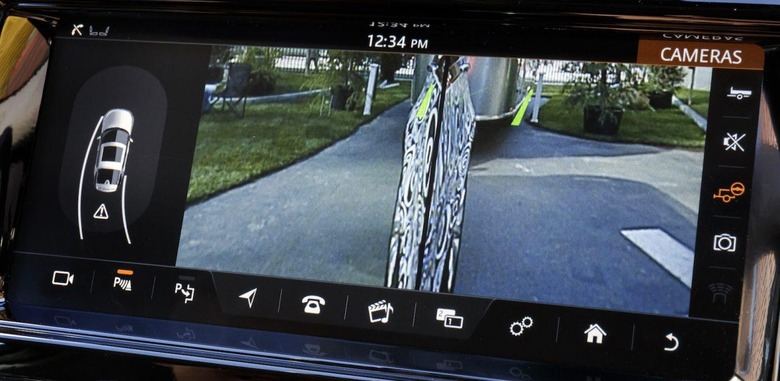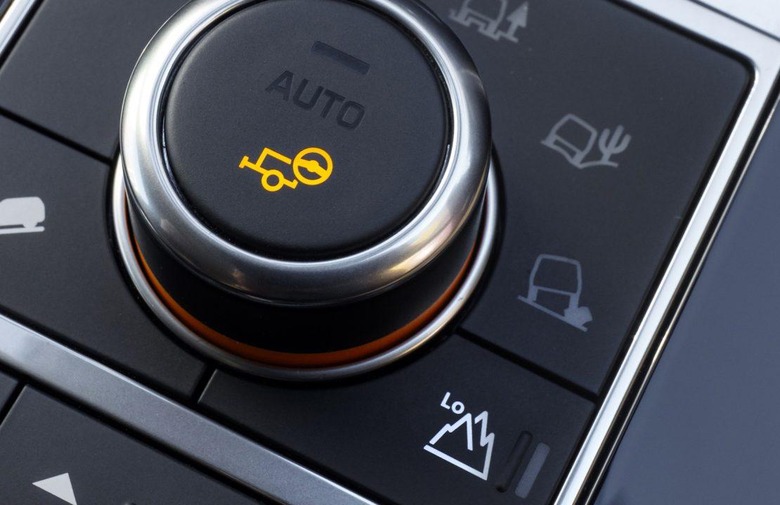Watch how the new Discovery makes towing easy
The new 2017 Land Rover Discovery is headed to the US next year, and for those planning to put the SUV to work rather than just do the school run, you might want to tick the new Advanced Tow Assist option. Intended to make reversing when towing large objects like boats and horse boxes more straightforward, it's part of a suite of new technology that gives the high-end truck its serious off-road cred. Making its US debut at the LA Auto Show this week, we caught up with the new Discovery to test the tech out.
Towing can be intimidating if you're not used to it. Beyond the most obvious issues, like visibility being seriously impacted through the rear mirror and – depending on the width of what's being towed – the side mirrors too, figuring out how a trailer will behave takes some getting used to. Land Rover's solution involves handing all that over to the SUV.
In fact there are two systems on offer. One, All-Terrain Progress Control (ATPC), handles going forward, and is effectively cruise-control for towing. The other, Advanced Tow Assist, is in charge of reversing.
All-Terrain Progress Control is intended to take the hassle out of dealing with road surfaces other than regular tarmac. Once the speed has been set – between 1 mph and 19 mph – the SUV handles the gas and the brakes, leaving the driver to focus on steering around or between obstacles.
That has obvious advantages when you've also got a ton of boat or trailer hanging off the back of the new Discovery, but it might well be ATPC's assistance in pulling away in those conditions that makes it so handy. The system is designed to make moving off from a standstill more smooth, rather than demanding that the driver balance the throttle to find the right point of traction. ATPC does all that for you: we were able to pull away on a ramp with a not-inconsiderable incline, without any rolling back.

In the opposite direction, the challenges of traditional towing can be even more frustrating. You might think that reversing in a straight line would be a matter of simply holding the wheel steady, but in actual fact there are constant tiny corrections required as the trailer twists one way or the other. That's where Advanced Tow Assist comes in.
Once you've turned it on, and set what exactly you're towing – and, if necessary, the object's dimensions – the system handles creeping backwards. You control overall speed with the brake pedal, but rather than using the steering wheel, you angle the whole thing with a pop-up knob in the center console. Twisting it left and right moves on-screen guide lines shown on the new Discovery's dashboard display, feeding a view from cameras mounted on the left and right.

Basically, as long as you can point the car in-between whatever gate posts you're trying to navigate, or down the slip ramp of a boating lake, you can use Advanced Tow Assist. The Discovery takes care of any minute steering adjustments required.
It isn't the first time we've seen technology like this, of course. Last year, Ford added a "Pro Trailer Backup Assist" option to the F-150 truck, which allows owners to reverse with a boat or trailer using the in-dash display and a rotary knob. As with Range Rover's system, speed is automatically adjusted based on road conditions.
Advanced Tow Assist is available as a $400 option on the new Discovery, though there are a few other options you'll need to tick in order for it to work. That includes the $650 tow hitch (somewhat obviously), and the $275 360-degree camera system. Finally, you'll have to add the $1,500 capability package, which includes the Terrain Response 2 system and advanced air suspension.
